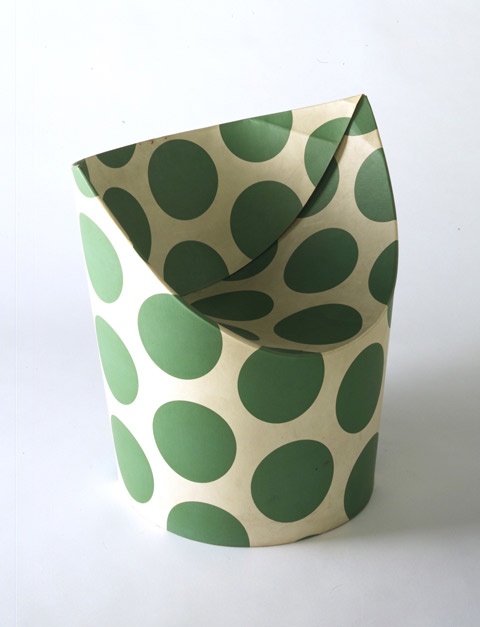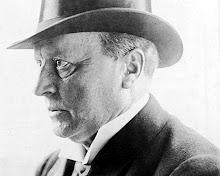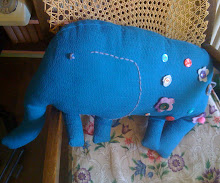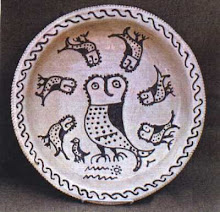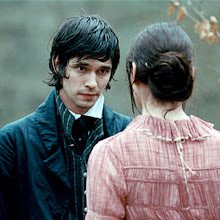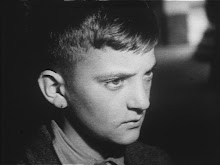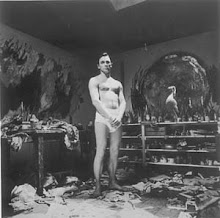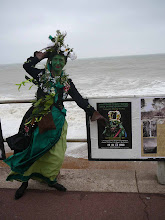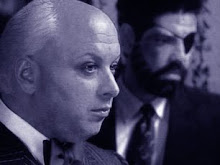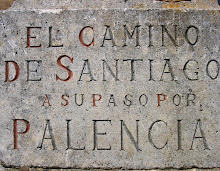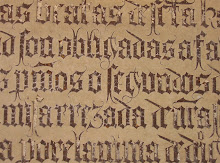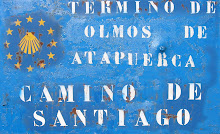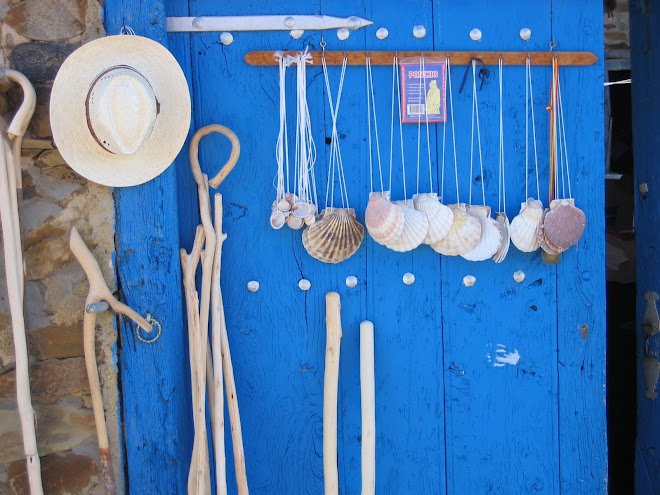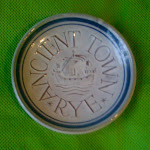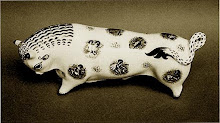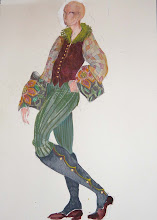
A veritable legend of the Pilgrimage to Santiago de Compostela is the so-called 'Master of Burgos', this fourteenth-century effigy of the crucified Christ was once reputed to have been fashioned from human skin, and so lifelike that its hair and fingernails were at one time claimed to be in need of frequent trimming and paring by those charged with its care. Further evidence of the Spanish taste for what author Edwin Mullins termed as farouche led to the legend that the face of the statue also required a shave every eight days or so. Whilst it is more than likely that the matted hair beneath the crown of thorns is of human origin, later examination revealed that the skin of the statue is, in actual fact, fashioned from buffalo hide from a beast slain for the purpose some 1,300 years after Christ's own crucifixion. Said to have been originally discovered by a merchant from Flanders in a crate adrift on the ocean, the effigy was entrusted to the care of an Augustinian order and subsequently displayed in their monastery at Burgos. It drew every pious pilgrim on the way to Compostela, and remained in-situ until a fire destroyed the building in 1836. By some miracle, the effigy was saved from the flames and moved to its present location within the confines of the cathedral. So revered is the statue by the faithful of the Castillian nation, the Capillo del Santo Cristo which contains it is reserved for private contemplation only, and therefore off-limits to all but a select few. A postcard for sale in the cathedral shop does only scant justice to the effigy's shocking realism, scourged and pierced in a verisimilitude of agony and ecstasy, and very much fashioned in the manner by which similar statues by the early Spanish School are chiefly identified. The effigy's air of livid fantasmagoria is further heightened by the addition of a mauve backdrop of heavy velvet, and its arresting appearance is leavened only marginally by the addition of a long skirt that girdles the statue's waist and reaches to its knees, a feature shared by many such representations of the crucified Christ, in particular to those found in this region of Spain. There are purportedly two other such statues which share characteristics with the Burgos Christ; one is in the church at Ourense, the other near the Galician coast at Muxia- the latter which is said to drip with perspiration on Holy days. One imagines that, as is common with such other revered effigies such as the Holy Infant of Prague, there is a wardrobe of garments with which the statue is arraigned on the religious days of the Spanish calendar, particularly as the week of Semana Santa reaches its climax. Given the fate of similar statues during the dark days of the Inquisition and later under Franco's regime, whereupon many such effigies were destroyed entirely, it is something of a testament to the so-called 'Master of Burgos, and the iconic status invested in him by the faithful of Castile that he has survived at all. It is said that when Degas first conceived The Litttle Dancer, it was in the direction of the Burgos Christ that the artist's thoughts bizarrely turned. Determined to represent Marie von Goethem, the diminutive fourteen-year old who posed for the sculpture, as a living entity rather than as a doll, the completed statue appeared at the Impressionist Exhibition of 1881 with her tiny waist encircled by the layers of gauze by which she is now universally recognized, and with a head of horsehair covered by a fine layer of wax that forms her coiffure; audacious additions which, for the period, constituted an unprecedented act of sculptural verisimilitude. The little statue caused a sensation, and duly moved Joris-Karl Huysmanns to opine that Degas had succeeded in bringing about 'the only real modern attempt in current sculpture'. In parenthesis, it is tempting to imagine that Burgos' most famous effigy would doubtless have appealed to Huysmanns' own particular sensibilities, and what a fittting addition it would have made to the unorthodox cabinet of curiosities that comprise the fabled lair of Des Essientes, the decadent and reclusive anti-hero of A Rebours, the book with which Huysmanns is forever associated, given its protagonist's over-arching propensity for artifice and illusion.




